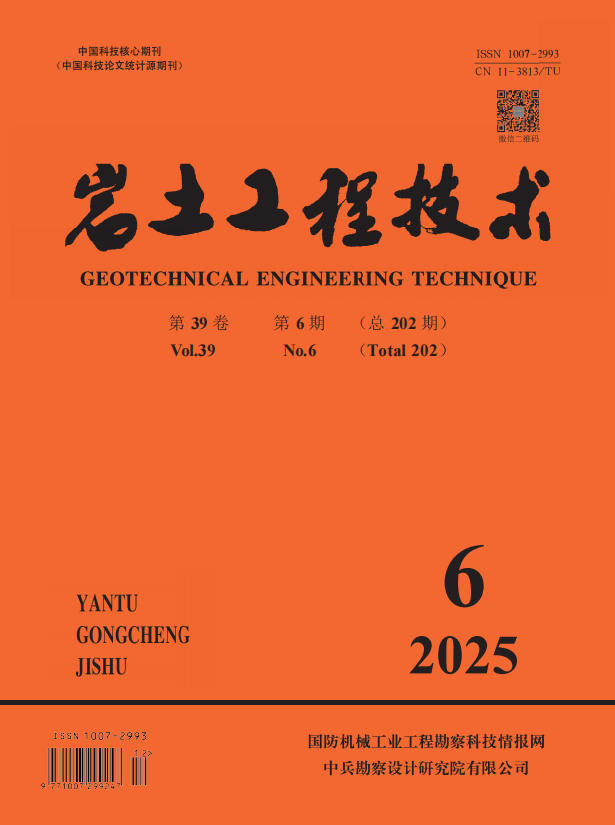Abstract:
It is common to encounter existing piles during tunnel constructions in congested underground. Although tunnel-soil-pile interaction has attracted much research attention recently, previous studies mainly focused on pile responses due to small-scale tunnel excavation. In this study, three-dimensional centrifuge test is conducted to investigate deformation mechanisms of a pile group due to twin large-scale tunnel excavations. Due to tunneling-induced stress relief, the measured settlement of pile group increases almost linearly with tunneling. A shorter distance between the monitoring point and new tunnel results in larger pile group settlement. Upon completion of a single tunnel excavation, a maximum pile group settlement of 0.23% D (i.e., tunnel diameter) is observed directly above tunnel centerline. After twin tunnel excavations, the maximum pile group settlement is increased to 0.32% D, and the location of the maximum pile group settlement shifts to the centreline between two tunnels. As tunnel face approaches the monitoring section, the existing pile group tilts rapidly toward tunnel face. As tunnel face passes through the monitoring section, tilting of existing pile group is reduced. Obviously, the measured tilting of pile group reaches a maximum value when tunnel face is located directly beneath the monitoring section. This clearly demonstrates three-dimensional deformation mechanisms of pile group due to tunnel excavation. If tunnel excavation is simplified as a two-dimensional problem, tilting of pile group along longitudinal tunnel direction is ignored, which is on unconservative side.



